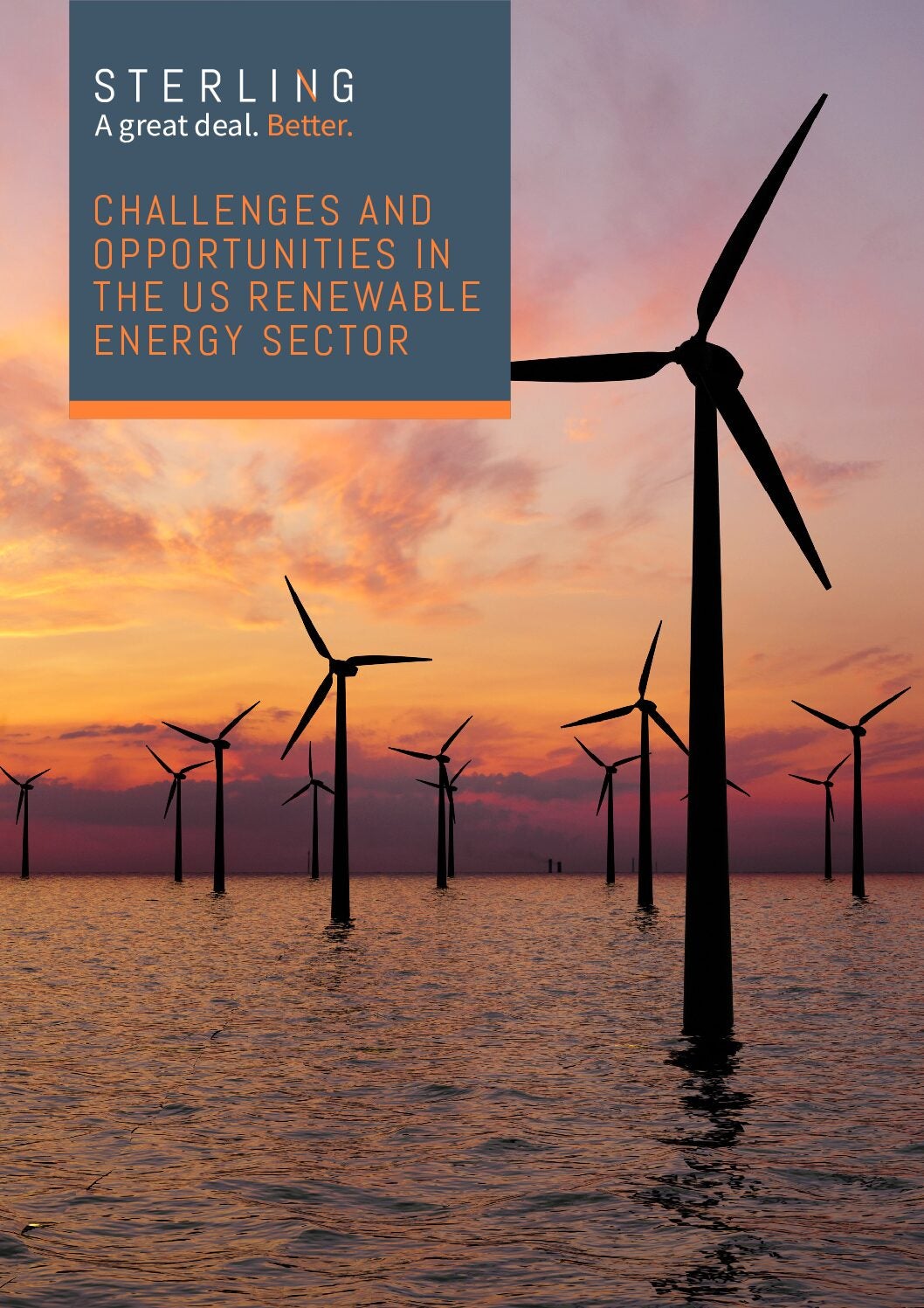GlobalData’s latest report Kazakhstan Power Market Outlook to 2035, Update 2023 – Market Trends, Regulations, and Competitive Landscape discusses the power market structure of Kazakhstan and provides historical and forecast numbers for capacity, generation, and consumption up to 2035. A detailed analysis of the country’s power market regulatory structure, competitive landscape, and a list of major power plants are provided.
The report also gives a snapshot of the power sector in the country on broad parameters of macroeconomics, supply security, generation infrastructure, transmission and distribution infrastructure, electricity import and export scenario, degree of competition, regulatory scenario, and future potential. An analysis of the deals in the country’s power sector is also included in the report.
How well do you really know your competitors?
Access the most comprehensive Company Profiles on the market, powered by GlobalData. Save hours of research. Gain competitive edge.

Thank you!
Your download email will arrive shortly
Not ready to buy yet? Download a free sample
We are confident about the unique quality of our Company Profiles. However, we want you to make the most beneficial decision for your business, so we offer a free sample that you can download by submitting the below form
By GlobalDataKazakhstan achieved its short-term target of generating 3% of its electricity from renewables in 2020. In 2021, the country revised the renewables target for 2030 to 15% from the previous 10%. However, as per the current trend, the country will be able to achieve only 10.3% of electricity generation through renewables due to its lack of flexible generation and its high dependence on thermal power.
The country’s power sector is characterised by its high dependence on thermal power, which accounted for 80.1% of installed capacity and 86.6% of the annual generation in 2022. Coal power alone accounted for 59.5% of the total cumulative installed capacity and 64.5% of the total annual generation. Coal-based thermal power is mainly driven by substantial coal reserves and its cheap availability. The energy intensity of the country is also high, mainly due to the presence of outdated Soviet-era technology in the generation and transmission sectors.
Kazakhstan lacks flexible generating capacity and relies on parallel operation with the Russian power system. The current geopolitical crisis creates a major risk for the country to cover imbalances and maintain frequency stability. The shortage of flexible capacity is likely to become an increasing challenge as more intermittent renewable power is added to the capacity mix.
Moreover, the country hopes to achieve 50% renewable power generation by 2050. Within renewables, solar PV and wind power have been the core focus areas. There is huge untapped potential in the country, which has been overlooked due to the cheap availability of thermal power. Between 2023 and 2035, 3.1GW in solar PV capacity is expected to be added, whereas onshore wind capacity additions are expected to be 2.9GW.
Kazakhstan should look to upgrade its national grid to make it more sustainable, independent, and adaptable to intermittent renewable production. The Kazakh Government should look to exploit the untapped wind and solar PV potential in the country. Auctions are key to renewable power development; the country should look to make the scheme more attractive to bring in foreign investments and bring in advanced technology to achieve optimal efficiency from renewable power plants. Kazakhstan’s GDP (at constant prices) increased from $148bn in 2010 to $222.4bn in 2022, at a CAGR of 3.4%. The GDP of the country underperformed in 2020 due to lockdowns imposed to curb the Covid-19 pandemic. Kazakhstan’s GDP declined by 2.6% in 2020 from 2019. In 2021 the GDP grew by 4.3% after the resumption of trade activities and registered stabilised growth in 2022 at 2.6%. Between 2022 and 2030, the economy is expected to grow at a CAGR of 2.9%, reaching $280.3bn in 2030.






